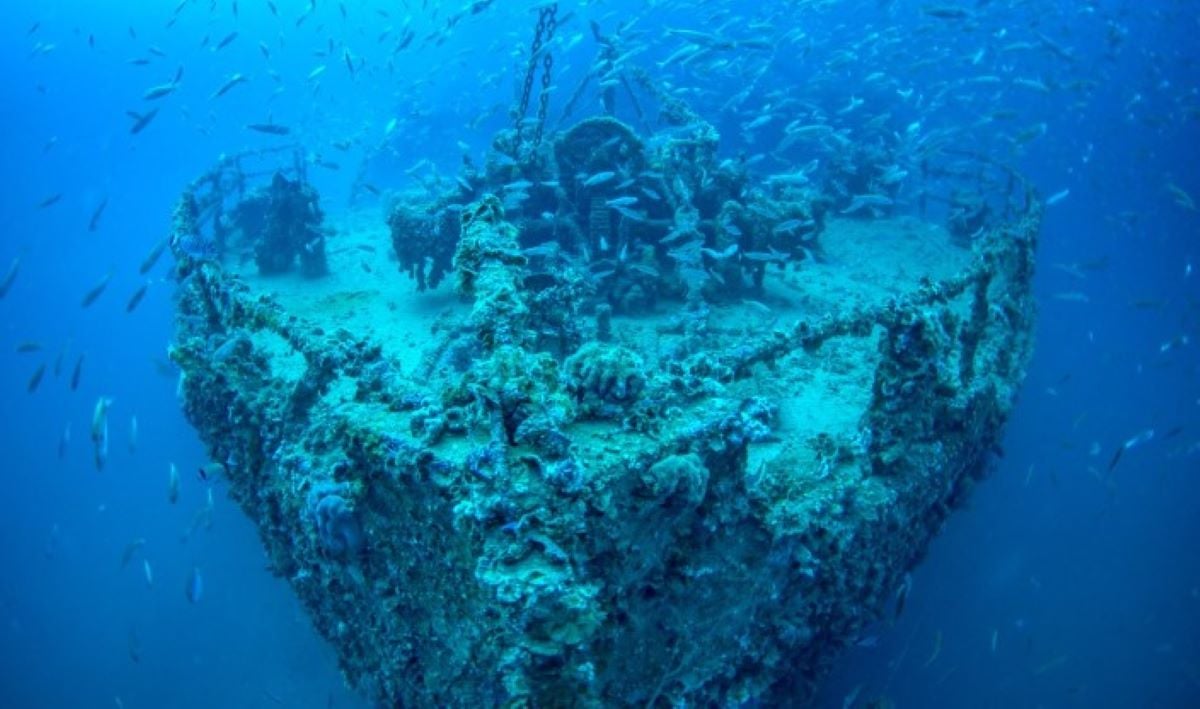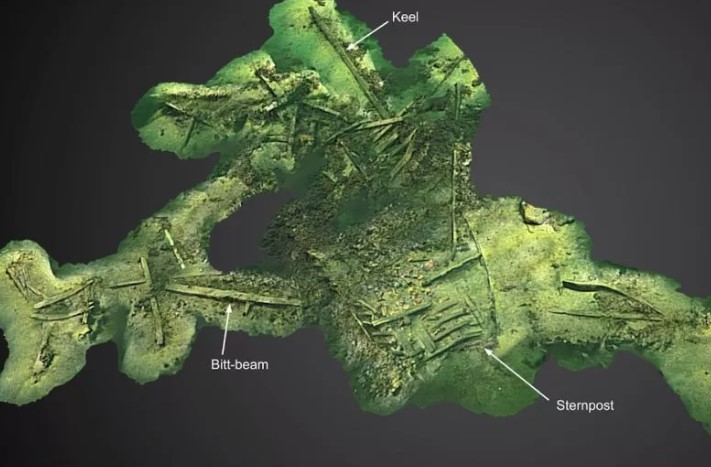
A team of archaeologists have investigated the wreck of a ship that sank in the 15th century and uncovered fascinating evidence.
What's called “Madero wreck” It was first discovered in the 1960s in the Stockholm Archipelago, a large group of islands scattered off the coast of mainland Sweden in the Baltic Sea.
The divers who found the wreck made a sketch of the site, showing a large, partially disintegrated wooden structure. It is estimated that the ship was built in the Middle Ages and was carrying bricks.
The story of the shipwreck
In the 2000s, with further dives to the Scientists' wreck They confirmed that its history goes back to the Middle Ages. However, archaeological documentation was not completed or published at this stage, and thus many questions remained unanswered.
Only recently has a new opportunity presented itself to continue research in this area. In 2022, a team of researchers led by Niklas Eriksson, in cooperation with the Department of Archeology and Classical Studies at Stockholm University, conducted a survey that included… Examining and documenting the visible parts of the ship and taking numerous samples.
The results of these investigations were published in International Journal of Marine Archaeology They provided new information about the wreck. “The reason we decided to take a closer look at the Madero wreck is because we have limited knowledge of ships from this period.”Erickson told Newsweek. He added: “The nature of the wreck site is favorable as many important and useful parts of the structure are visible above the seabed and cargo is easily accessible. This means that a lot of information can be extracted from the site with limited impact on the archaeology.”

Jim Hanson/SMTM/Erickson et al., Journal of Marine Archeology 2023
The team learned a lot about the key dimensions and proportions of a medieval merchant ship. The study revealed this The original length of the shipFor example, It was more than 19 meters long, While the width of the hull was about 8 meters. By the standards of medieval ships, tMadero was a relatively large ship.
What was revealed?
The team's analysis also revealed this The wood used to build the ship was cut after 1467. Researchers estimate that the sinking may have occurred at the beginning of the 16th century. Archaeologists have also identified the source of the wood as well as the bricks. The source of the wood from different regions indicates that the ship was built, at least in part, from imported timber and did not rely on local timber.
“Thanks to the source of the wood, which turned out to be from two different regions, we can use the Madero shipwreck as an example of the trade of timber and shipbuilding materials in the Baltic Sea region in the 15th century.” Erickson said.
“The origin of the clay used in bricks and tiles is very interesting in this context, because it corresponds more or less to the origin of the wood. To find a ship laden with bricks from… Lübeck [σ.σ. στη Γερμανία] On the sea route to Stockholm, this is surprising, as Stockholm's medieval bricks were supposedly made locally.
Finally, the study of stone throwers found at the wreck site concluded that the ship was likely armed when it sank. “It is not known to what extent merchant ships were armed in the 15th century, so the Madero wreck provides some important evidence.” Erickson said.
Simply put, although the discovered cargo indicates that the ship sank during a commercial voyage, several cannon balls were found, indicating that the sailors were prepared for more than just a smooth business voyage.
Among other things, sulfur, a component of gunpowder, was found in one of the shells, indicating that it may have been loaded into a firearm at the time of the shipwreck, archaeologists said.
It is not clear how common their arming is Medieval merchant ships, but they likely took precautions to protect themselves from pirates.
“During the 14th and 15th centuries (there was) a lot of piracy in the Baltic Sea.” Erickson said.
“At close range and under the right conditions, wrought iron shots could cause casualties among pirate crews,” said Brendan Foley, a marine archaeologist at Lund University who was not involved in the study.
“Together with other shipwrecks, we can use the findings from the Madero wreck to paint a more complete picture of what a large late medieval trading ship looked like. The research has certainly contributed to knowledge in this area, but also to shipping and the trade in timber and shipbuilding materials.” “ Erickson noted.
Archaeologists also determined that based on the location of the wreck, the ship was sailing toward Stockholm when it sank, meaning it was probably only a few miles from its destination when it happened.
source: FOXreport.gr
“Supersex”: the new Netflix series about the famous porn star Rocco Siffredi
Pokémon Scarlet and Violet: all active Mystery Gifts and how to get them

“Total alcohol fanatic. Coffee junkie. Amateur twitter evangelist. Wannabe zombie enthusiast.”










More Stories
Is this what the PS5 Pro will look like? (Image)
Finally, Windows 11 24H2 update significantly boosts AMD Ryzen – Windows 11 performance
Heart Surgeon Reveals The 4 Things He ‘Totally Avoids’ In His Life